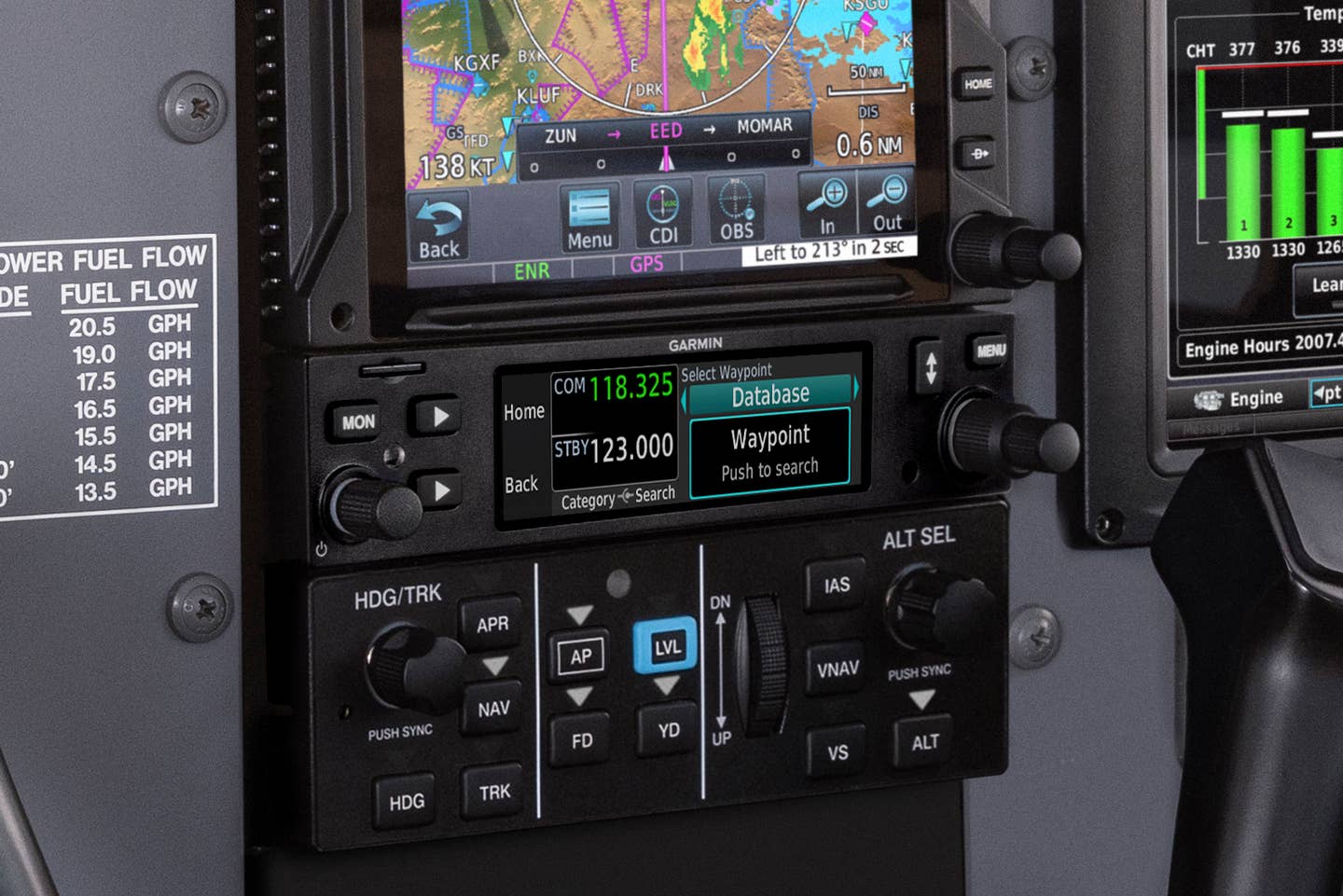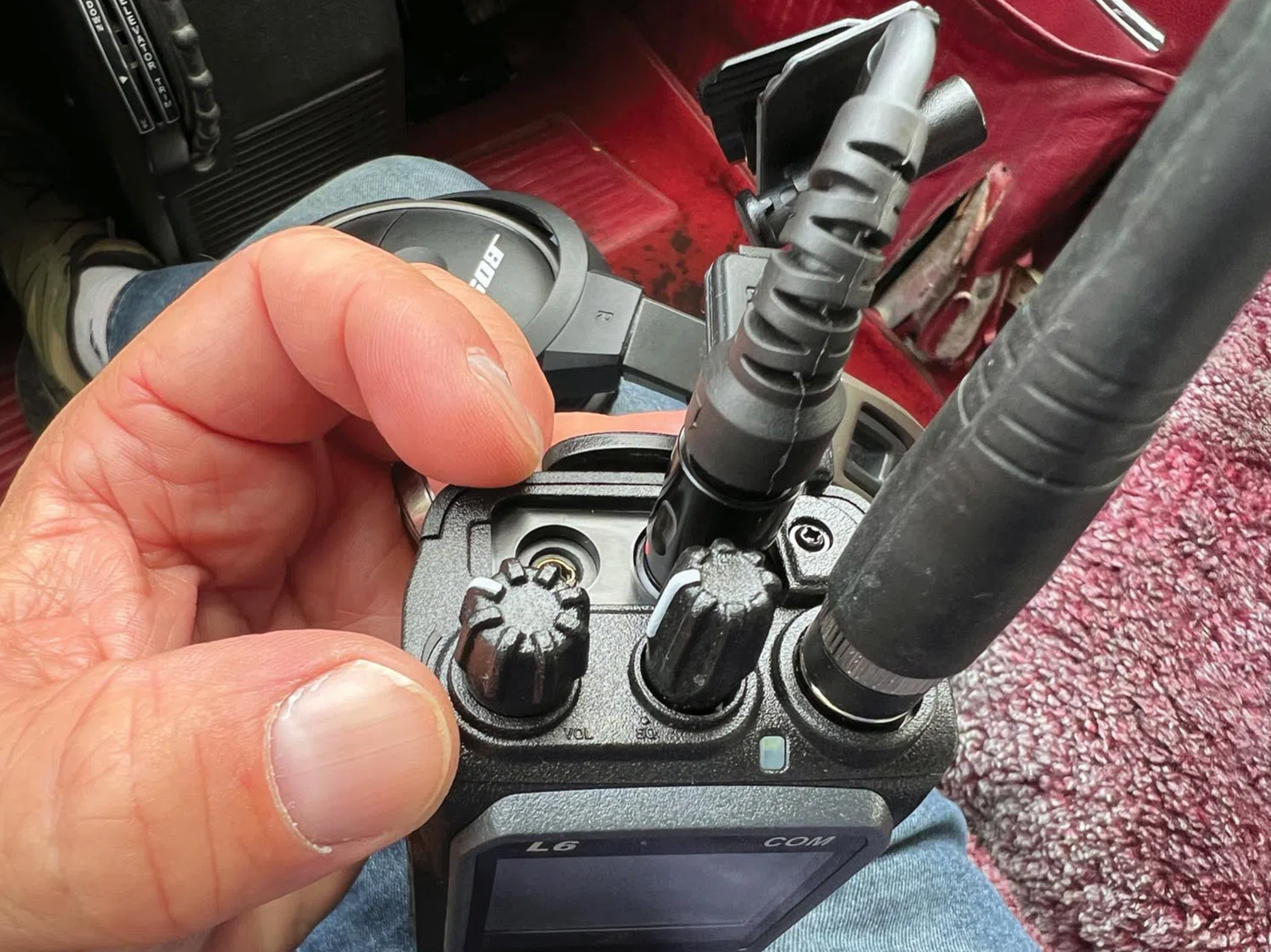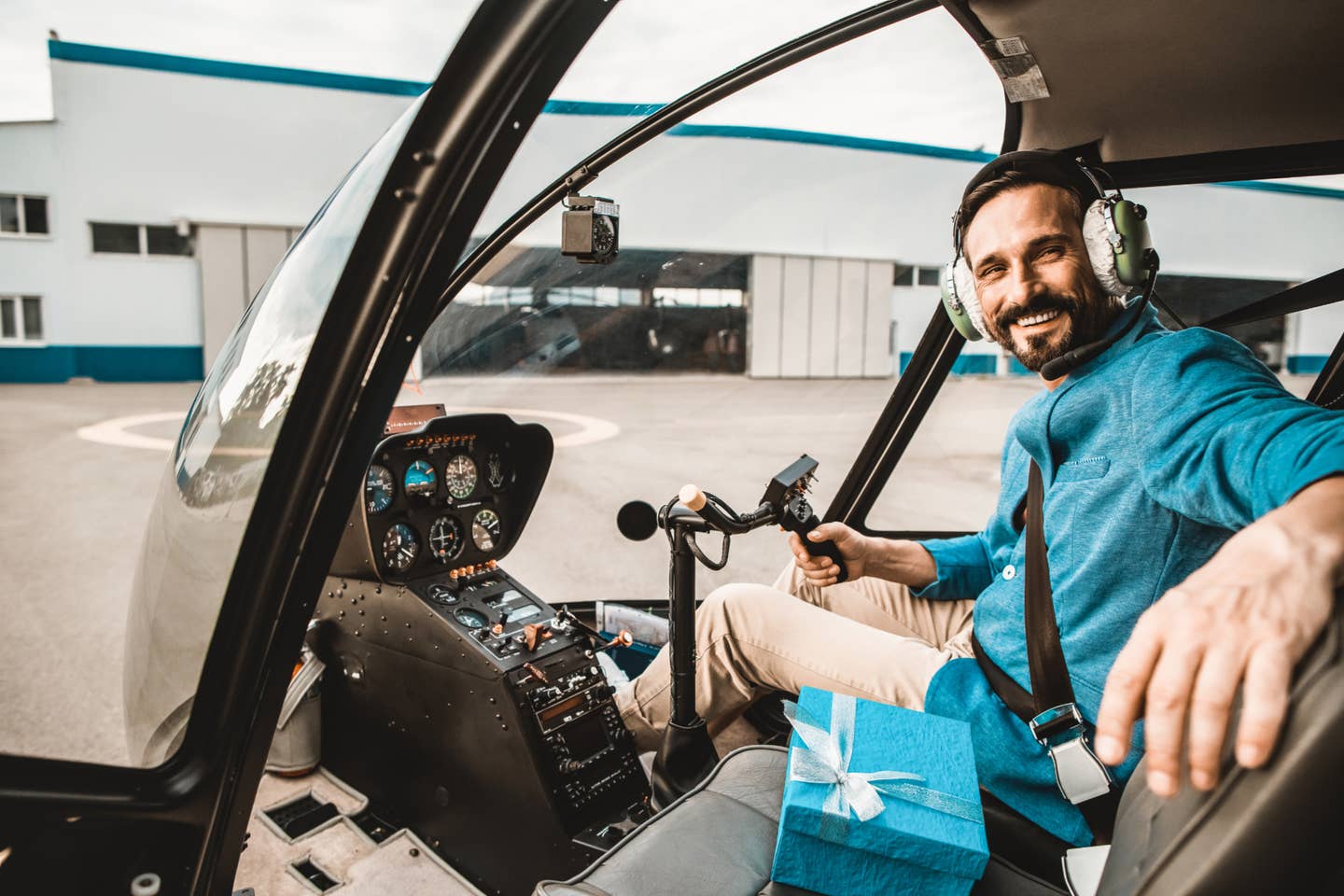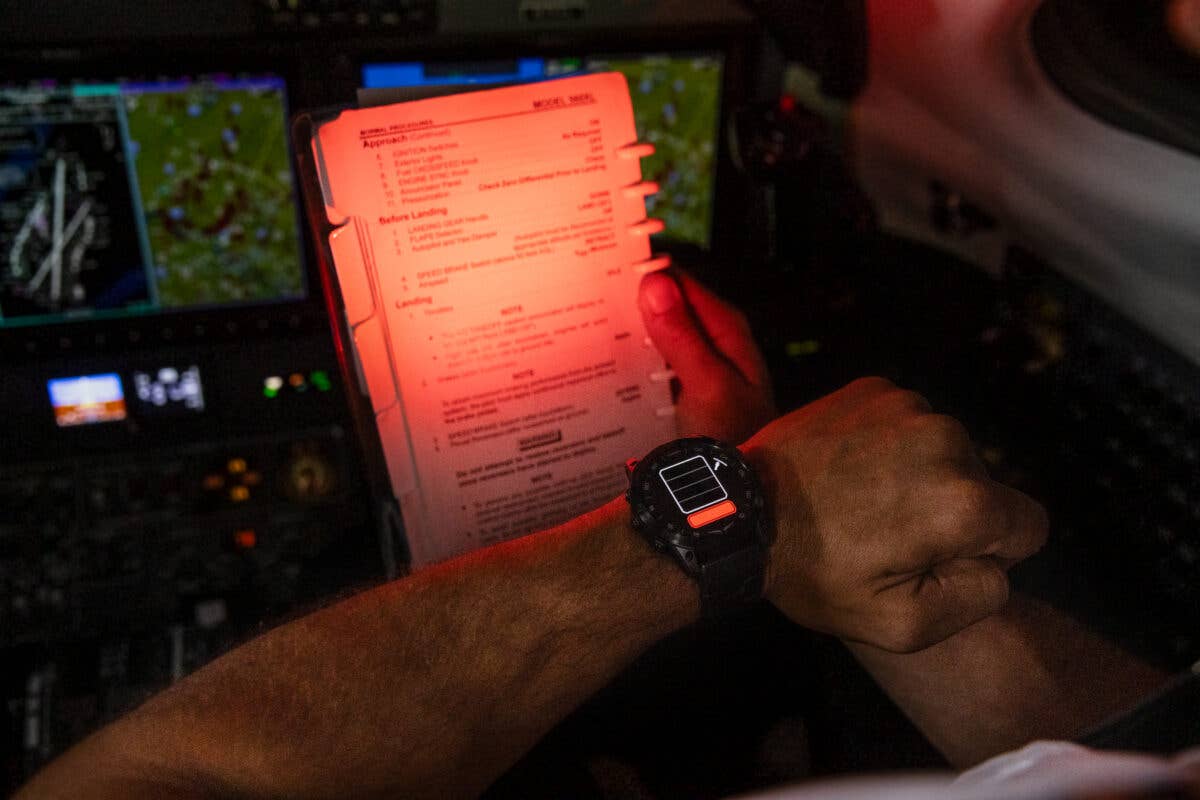 |
Who would've dreamed even 10 years ago that you could wear a full-featured WAAS GPS navigator on your wrist? Garmin has done just that and a whole lot more with the innovative D2 pilot watch, designed exclusively for aviators. Garmin has been enjoying great success in the sports industry with their Forerunner line of watches, designed to allow runners to track their time, pace, distance and other critical parameters. The company has refined what they've learned there to the aviation market, and created something truly unique.
Far more than an aviation-quality GPS unit, the D2 redefines what a watch can do. It includes Garmin's signature "direct to" and "nearest" navigation functions, as well as a built-in altimeter with adjustable barometer setting (just like your panel-mounted unit), altitude alerting capabilities, display of both local and Zulu/UTC time, accurate compass, HSI, the ability to seamlessly integrate with the Garmin Pilot app, the new Garmin VIRB POV camera and more. Oh, and it's a watch, too.
Perhaps the D2's greatest strength is the onboard navigation database that's as accurate as those on Garmin's high-end navigator units. Another big plus is the D2's ability to integrate with the Garmin Pilot app. Pilots can create a multi-waypoint flight plan in the app on their tablet or computer, then wirelessly send it to the D2 watch and fly the plan entirely from the watch. Though it's a WAAS GPS unit, the D2 isn't yet certified for IFR. Still, the ability to have a full-featured navigator on your watch is something any pilot would welcome.
"In addition to the ability to provide global navigation solutions right on your wrist, D2's seamless integration with other Garmin products makes it an essential piece of equipment for every cockpit," said Carl Wolf, Garmin's vice president of aviation sales and marketing. "D2 is as rich in style as it is in features, and with the wealth of information it provides, every pilot will want one."
 Features include a compass, moving map, and "direct to" and "nearest" buttons. |
When unboxing the D2, the first feature that stands out is the watch's size. It's certainly compact for a navigator, but it's a bit bulky for a watch. Therein lies the paradox of the unit. In terms of practicality, pilots need to think of the D2 not as a watch, but as a GPS navigator attached to your wrist. While it's a more-than-capable watch, the time feature seems to be simply a marketing point. Think of it as sort of a Garmin 296 shrunk down so it will fit your wrist. Runners, hikers and athletes around the world have embraced the larger-than-a-watch Garmin wrist units, so I imagine pilots will, too. At ¾-inch thick and two inches in diameter though, it's not something you'd throw on with a suit to go out to a nice dinner. Then again, the D2 wasn't designed for that.
For pilots, the D2 fits two critical needs: first, as an emergency navigator unit, and second, as a GPS for tight cockpit environments.
 |
As an emergency unit, the D2 is unbeatable by anything on the market today. The watch is rechargeable, and Garmin says it will run about 50 hours on a full charge, depending on what functions are being used. In practice, using the GPS function and the backlight function (which I used almost full time), I experienced about 30 hours before it needed to be charged. The D2 comes with a proprietary charger, which means you have to bring it along for long flights or multiple-day excursions. Still, you can't beat having a full-fledged navigation unit at the ready in case your panel-mount or other main unit becomes inoperative.
The D2 is tailor-made for cramped cockpits. I put this feature to the test in my Great Lakes 2T-1A2 biplane. That cockpit was designed in 1929, when people were much smaller. There's barely enough room for a portable GPS, and you can forget about an iPad. The D2 became a handy little device in that environment. I was particularly pleased with the "direct to" and "nearest" functions. By pressing either of two decent-sized buttons on the right side of the watch, I could call up either function, select my airport, press a button and see the moving map display on the watch's face. Then, like any GPS, you just follow the line. It was nice knowing Garmin's accuracy was behind the display. Comparing it to the 296 we've mounted on our panel, the accuracy was identical. I could use the D2 as my sole GPS, if necessary.
Pilots can assign customized data fields to display GPS ground speed, GPS track, distance, estimated time en route, bearing, glide ratio and other parameters. The altimeter is a nice backup, and a button allows users to set the current barometric pressure so the altimeter is accurate during the flight. It should be noted that, in a pressurized aircraft, you should switch pressure measurements to GPS for altitude data. Garmin has given the D2 watch vibrating alerts that can be set up to remind users of tasks like switching fuel tanks, altitude alerts and other events necessary during flight. The HSI is a very nice feature and would be handy---again---in an emergency.
 Garmin's VIRB POV camera can be remotely controlled by the D2 watch. Garmin's VIRB POV camera can be remotely controlled by the D2 watch. |
One feature that gets forgotten easily is the D2's ability to remote-control other Garmin units like the new VIRB point-of-view camera. The VIRB is designed to compete head-to-head with the GoPro, and its image quality is superb. The VIRB seems to take up where the GoPro left off, featuring a crisp, onboard LED screen; an enormous, easy-to-see-and-set "record" button and a different mounting mechanism that locks the camera in tiny increments using a ratchet-type grabbing technique. In all, it's a great camera, and the D2 is a perfect companion, allowing complete control of the VIRB's features.
The Garmin D2 seems to be a first step in an exciting direction. This first iteration is innovative and interesting, and will surely find an audience among gadget-head pilots and those wanting a bonafide backup GPS. I found the display to be too dim, even with the backlight, but I imagine Garmin will listen to user feedback and address that. I think they should offer a caddy/mount of some type, so the watch can be placed on the panel if needed, since navigating from your wrist isn't quite intuitive. But these are small gripes for a device that puts aviation navigation squarely in the realm of what once was only science fiction.

Subscribe to Our Newsletter
Get the latest Plane & Pilot Magazine stories delivered directly to your inbox





